Ragnar Go’hjerta

Tell us a little bit about your background.
Isn’t this a moment for moving on? I’m an only child born of humble and hard-working parents, who loved me long before I was born. My grandmother and my mother were members of The Church of Jesus Christ of Latter-day Saints. My father was agnostic—the best of both worlds. Coming into a country tired of war as a “child of peace,” I got an utterly free upbringing. Fortunately, my foremothers’ religion is a golden inheritance, giving me the gift of repentance and a merciful Lord.
Did you always plan to be a filmmaker?
Always. I saw my life in a single falling tear as I received the gift of the Holy Ghost at age twelve under the hands of a missionary in Oslo. Miraculously, twelve years later he also became my bishop in the London Hyde Park Ward.
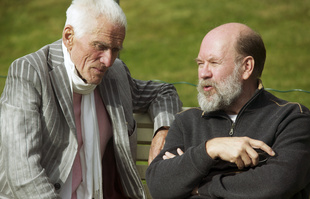
How did you get into the field of filmmaking?
My Jewish school teacher, Pål Bang-Hansen, who became one of Norway’s beloved film critics with his funny voice, glasses askew and frizzy red hair, invited me to work on his first film. Marginalized, as I questioned the socialist political processes, I was “adopted” by prominent poets.
Did your faith affect your decisions at all?
Absolutely, especially later on after I married my actress wife, Cherina. In the hope of including our children and grandchildren in our covenant of forever, we lived in the valley between opposite ideological mountains, and obviously I looked for answers. When the Book of Mormon awakens you to the truth of goodness spoken of by living prophets, you choose by faith.
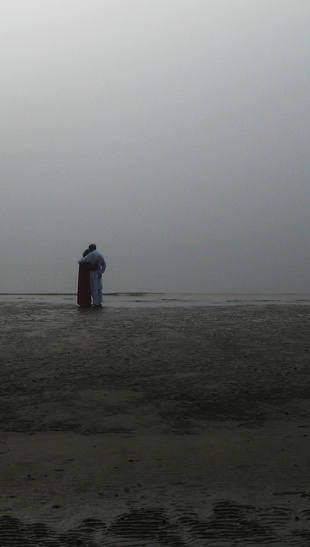
You’ve done everything—scriptwriting, preproduction, camera operating, directing, producing, editing, and distributing. Which is your favorite area to work in?
Editing, bringing all the elements together, remains a sublime mystery. At the age of sixty-four, I still love it all, but now there are new cameras and workflows. If I were fourteen, I would know what to do and be getting ready with my images for the coming war of cultures.
Do you have any interesting stories about working in these various areas?
During the early filming of Love Is War, the cameraman turned out to have a problem with alcohol, so I found it necessary to take over the camera, never having shot with an Arriflex camera before.
Speaking of your film Love Is War, you were the writer, director, producer, cinematographer, and editor. Can you tell us about that experience?
At twenty-three I was too bold for my own good. Love Is War is a morality tale for those who who would like listen to my lamentations. People go on about how good it was, so I feel reluctant to show it again after 40 years, but we’re doing it anyway.
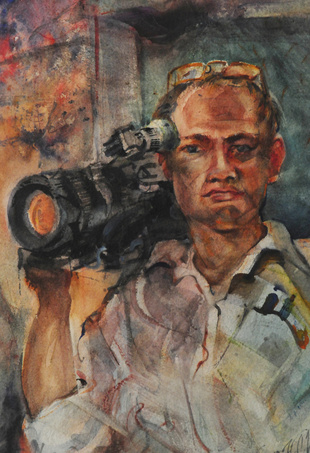
You won the Silver Bear for an outstanding single achievement, one of the highest prizes at the Berlin International Film Festival, for Love Is War. How does it feel to be recognized for your work by such a prestigious body of your peers?
Early recognition could be considered a terribly cruel mistake.
Where do you get your inspiration?
By lucid dreaming as I pray for help to read the untold stories.
Does your Norwegian heritage have any effect on the films you make?
Certainly. The fight between the sons of light and sons of darkness is an important part of the Nordic dialogue. A Norseman struggles for his right to have an individual perspective. So did Vigeland, Ibsen and Munch, as does the Oslo Nobel Peace Prize.
You’ve described your work as “unfinished and fragmentary.” Can you expound?
Our imperfections are outstanding, so we are dependent on angelic help. When you engage in trying to live your potential, you find yourself, after many tribulations, fine-tuning reasons to hope for the backup of unexpected goodness. Understanding that you already have—that will be fragmentary, never totally comprehended or assimilated in this life.
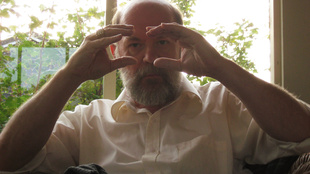
You’ve said that one of your filming styles, a form of “visual poetry” you used forty years ago, is now being seen in films like Inception. Can you describe this style, how you employed it, and how it is being used by these films?
Then, I was already using a timeless palette of foresight and afterthought. Such a movie must be experienced, allowed to flow through you as a non-narrative, going from past to future to dream—from wishing to regret—all within the same sequence.
Tony Scott, who was a fellow student, used much the same technique in Déjà Vu.
How do you think your artistic style furthers the art of filmmaking?
Healing the spirit and the brain is the true art. Presently, pure film—meaning an undefiled foreign language for helping depressed audiences—is running through me.
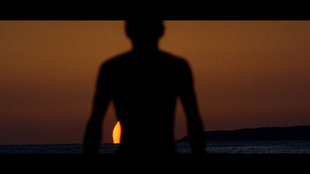
Do you have any advice for others trying to make it in the film industry?
I used to say, “Don’t, your passion will be misunderstood.” Not anymore. You will still suffer, when called upon by the spiritual gifts available to us to confront the void in this silly, silly business. Dare to feel, hear and see the reality. You don’t need to be so religious or preachy to praise him who knows us all better than we do ourselves. Be playful as Heavenly Father’s children. Remember to enjoy your creative life by honoring your earthly parents too.
Is being a Mormon artist in Norway different from being a Mormon artist anywhere else in the world?
“Norwegian Mormon artist” seems to be a Socratic ironic conundrum. Learning to discern between truth and error is the occupation of a true Mormon. To be a collector of truth, an enthusiastic realist digesting further light and knowledge, isn’t that what it means to be a Mormon—artist or not. All we hope to continue producing in this great family is more good films guided by the Spirit of the Lord.
How does your faith play into your work?
It is the be-all and end-all of my existence, this full-spectrum and amazing truth that he in fact still lives, who once was dead. That has implications for us all.
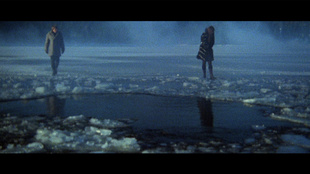
How does your work help build the kingdom of God on earth?
I consider myself greatly privileged and pay my tithing.
Any last thoughts?
Sincere reflections tell me this: my short, incomplete answers about Love Is War, made forty years ago, could be communicated without words. Is a gesture enough? Some of us need to be helped out, to be saved from destructive habits—from our life. I accepted that that someone was me and became active in 1971. It is rare to see a Latter-day Saint high priest with a full beard these days, but after seriously examining myself in the mirror, I see that I don’t have to shave, but will still remain a Mormon.
I live up to the real meaning behind the label of a true Latter-day Saint: I produce more good.
Learning to know the eternal holiness whom we are taught to address as our Father in Heaven and Christ his Son. Our timeless advocate asks us to keep the law, and offers kind help for us to see the importance of just that, and to truly set us free.
Learning to discern between truth and error in this creative way has humbly been my life’s main occupation. ❧
